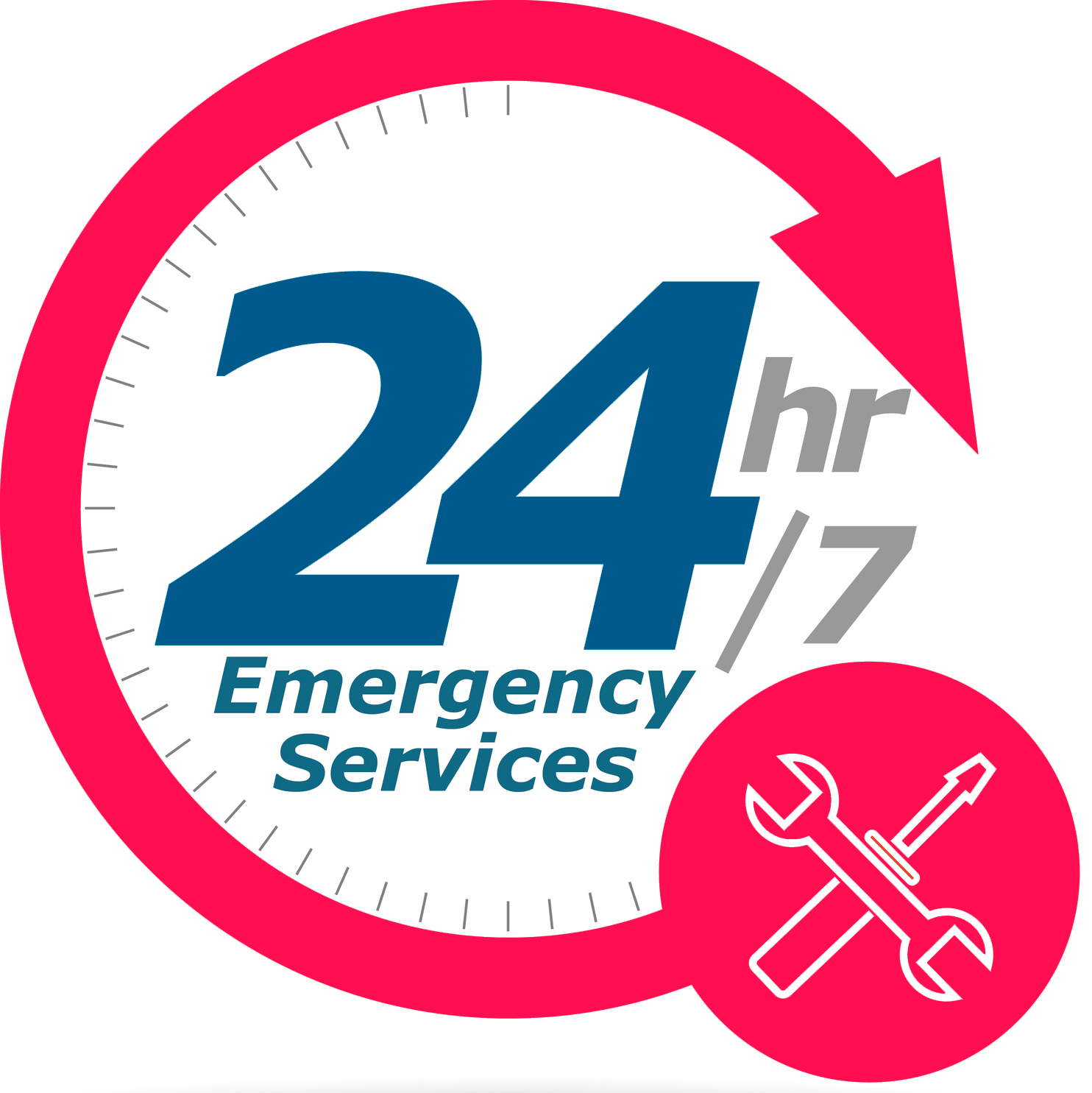CALL US TODAY! (760) 720-2991
FREQUENTLY ASKED PLUMBING QUESTIONS
-
Emergency Water Heater Shutdown Procedures
1. TURN OFF GAS – Twist top dial from “ON” to “OFF position. For electric water heaters turn off at circuit breaker.
2.TURN OFF WATER SUPPLY – Twist handle clockwise until it stops. (If water does not stop, turn off main water valve in front of house.
3. DRAIN WATER HEATER IF NECESSARY TO AVOID WATER DAMAGE – Attach garden hose to drain valve. Run other end of hose to lower location where hot or rusty water will not cause damage to plants or property. Open hot side of faucets.
4.ON MODELS EQUIPPED WITH RELIEF VALVE – Pull handle up to allow air to enter heater.
5.CALL COASTAL PLUMBING AT (760) 720-2991.
CAUTION! ALL MAINTENANCE AND REPAIRS SHOULD BE PERFORMED BY QUALIFIED SERVICE PERSONNEL ONLY!
-
My water heater is leaking, what should I do?
Refer to EMERGENCY WATER HEATER SHUT OFF PROCEDURES ABOVE AND CALL COASTAL PLUMBING AT (760) 720-2991.
-
Water heater inspection checklist
• Check for corrosion and leakage.
• Visually inspect venting for signs of detachment.
• Make sure water heater is earthquake strapped.
• Gas connector should be flexible type.
• Water heater should be elevated 18” if in garage.
• Water heater should be periodically flushed to remove sediment.
-
What is a T & P?
There are several safety devices on a water heater, one being the “temperature and pressure relieve valve” or T & P. The T & P senses the temperature of the water in the tank and if for some reason it exceeds 210 degrees, it would release pressure in order to keep the water heater from exploding. The pressure part of the valve does the same except it senses pressure and at 150 lbs. it would then release pressure. This safety valve should always be installed and the opening in the tank should never be plugged.
-
How can I get the smell out of my kitchen sink?
Try putting a cup full of small ice cubes in the disposal and turn it on. Wait a few seconds and run water for one to two minutes. Another source of kitchen sink odor is the 7/8 hose coming from the dishwasher to the disposal. Food can get trapped in the hose where it decays causing an odor. This problem can usually be resolved by having the hose and/or air gap replaced.
-
How can I tell if I have a “slab leak”?
All of the water in your home and outside goes through the water meter. First, go out to the curb and remove the cover from the water meter, raise the little round metal cove on the top of the meter, you will see on the face of the meter a small pie shaped needle, if it is spinning, there is water passing through the water meter. Next, take a walk around your home looking for dripping faucets, running toilets or perhaps a reverse osmosis (RO) drinking water filter and correct by making sure faucets are completely turned off and toilets no longer run. Return to the meter and verify whether or not your efforts have stopped the meter movement. If the meter is still moving, go to the valve where the water enters your home, turn it off. Check the meter again. If movement has stopped, the leak is within your home. If the meter is still moving, the leak is outside your home.
-
How do I turn the water off my house?
Most homes have a gate valve or ball valve which is usually located in front of your house or in the garage where the water enters. Turn the valve until the water is completely shut off. IT IS ALWAYS A GOOD IDEA TO KNOW WHERE TO TURN THE GAS, WATER AND ELECTRICITY OFF TO YOUR HOME IN CASE OF AN EMERGENCY.
-
My house is flooding! What should I do?
See “How do I shut the water off to my house above” and call Coastal Plumbing at (760) 720-2991.
-
Why is high water pressure a bad thing?
Your homes fixtures and appliances are made to operate on 55-60 lbs. of pressure (PSI). Pressure in excess of 55-60 lbs. of pressure (PSI) can create excess stress on your plumbing and fixtures and can cause things like toilets to run, supply lines to burst and etc. Installation of a pressure regulator will keep your pressure at the ideal 55-60 PSI.
-
What is a backflow device and what does it do?
If you have a backflow device installed on your property, you will be asked to have it tested every year by the water district to ensure it is functioning properly. The water purveyors deliver water through a series of pipes to the customers’ water meters. Once the “clean water” is delivered, the water purveyor does not want this same water to return back through the meters and out into the public water supply. Most customers manage to contaminate the water they use and normally this contaminated water passes to the waste collection system. Unfortunately, the water sometimes reverses direction back through the water meter. This reversal of direction is called BACKFLOW. The most common type of backflow is “backsiphonage”.
CAUTION! THE ABOVE INFORMATION IS INTENDED ONLY AS A GUIDE. ALL MAINTENANCE AND REPAIRS SHOULD BE PERFORMED BY QUALIFIED SERVICE PERSONNEL ONLY! CALL OUR TEAM AT (760) 720-2991 FOR ANY QUESTIONS OR CONCERNS.
BROWSE OUR WEBSITE
CONTACT INFORMATION
Phone:
(760) 720-2991
License: CA36 - 756151
Office Hours:
Mon - Fri 8:00 am - 4:30 pm | Sat - Sun Closed
24-Hour Emergency Services Available Saturday & Sunday






